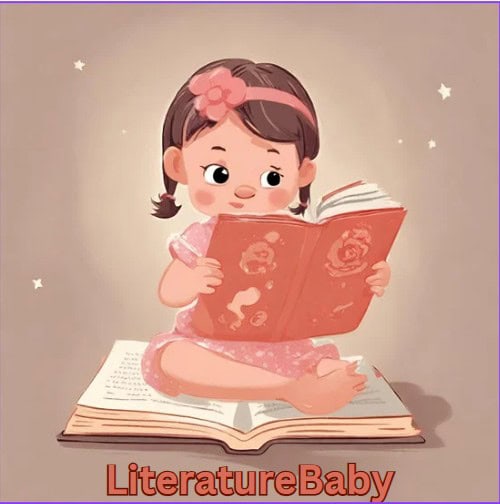Please note: This is an AI generated version of my longer review. If you have the time and wish to read the longer review, please click here.
Teaching novels can be tough—especially for students who already find reading a challenge. Many teachers begin with background lessons—author details, historical context, and vocabulary. While this is helpful, it can overwhelm struggling readers who are already anxious about tackling a new book.
The Challenge with Exposition
Today’s students are used to fast-paced entertainment—movies and games that jump straight into the action. But most novels build slowly. Their exposition can take 30–50 pages before anything exciting happens. For struggling readers, this slow build can be daunting. They check the page numbers, see the thick book, and panic before the first chapter even ends.
This fear of long expositions means some students never make it to the heart of the story. They miss out on the amazing characters and adventures waiting for them.
My Solution: Start in the Middle
One day, while prepping to teach Out of the Dust by Karen Hesse, I realized that the story’s most gripping moment didn’t happen until page 60. I thought, “Why not start here instead?” So, I skipped the exposition and jumped straight into the action: the accident that changes everything for Billie Jo and her family.
Without introducing the book or its background, I simply read the passage aloud to my class. By the end, every student was hooked. They wanted to know more. Even my most reluctant readers were invested.
Why It Works
Starting in the middle lets students bypass the intimidating build-up and jump straight into the story. They’re immediately faced with high stakes and raw emotion—enough to make them want to go back and fill in the missing pieces.
Here’s how to do it:
- Choose a dramatic, self-contained scene that doesn’t require much background to understand.
- Leave students with questions—but don’t answer them! Let their curiosity drive them to read the rest.
- Go back to the exposition once they’re hooked, helping them appreciate the buildup and care about the characters.
Final Tips for Teachers
✅ Pick the right scene: Find a moment that’s clear and gripping, even without much context.
✅ Don’t spoil the story: A great hook leaves questions unanswered.
✅ Resist the urge to over-explain: Let students’ questions fuel their desire to read.
✅ Adapt for your students: Some classes still need the traditional background day. But for your struggling readers, consider mixing it up.
Final Thoughts
Teaching novels is about more than checking off standards—it’s about sparking curiosity and passion for reading. Starting in the middle may just be the nudge your struggling readers need to dive into a story and discover the joy of literature.



Leave a Reply